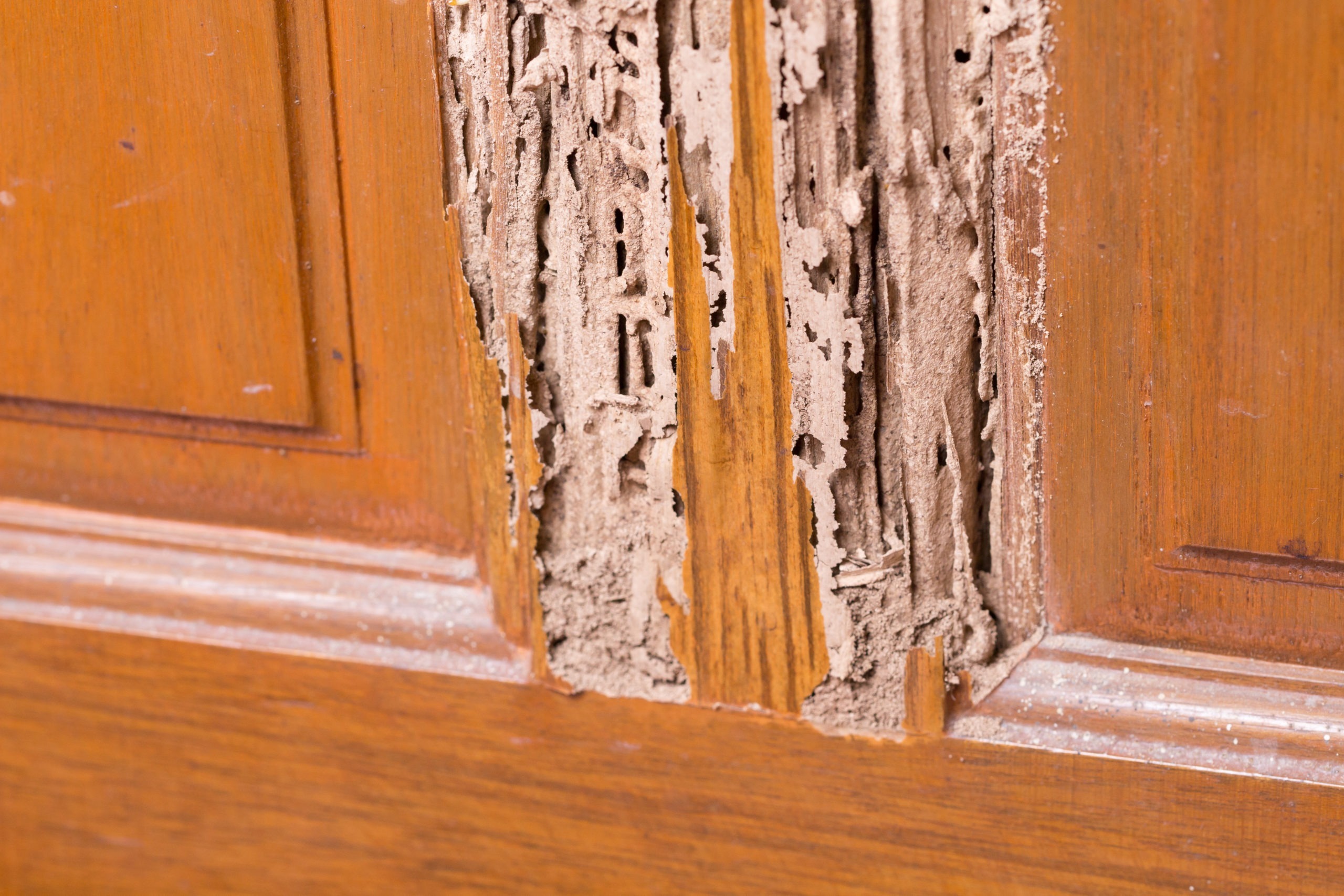Do you have termite problems? Maybe you’ve left a previous property with termite infestation and are wondering if homeowners insurance can cover termite damage.
Termites are the culprit in knocking out a house’s wooden foundation. Termite queens can lay thousands of eggs daily, causing widespread damage to homes in a short period. Just imagine the severity of damage this pest can cause to your property.
But as with any insurance policy, you’d like to know if your particular concern is covered. In this article, you’ll learn if homeowners insurance covers termite damage.
Termite Damage
Do you know how to spot termite infestation?
Once termites infest a house, noticeable signs appear. You might notice discarded wings near doors and windowsills, mud tube formation or visible maze near the foundation, bubbling or uneven paint, wood-colored droppings, and obvious wood damage.
Mud tubes are grey or brown vertical lines that look like mud dauber nests. On the other hand, frass refers to a sawdust-like substance that appears in piles close to wooden structures. Mud tubes and frass are the tell-tale signs of termite infestation.
Sometimes, termite damage looks like water damage. The difference between the two is the wavy groove pattern in the infested wood. Termite damage looks hollowed out, whereas water damage darkens the wood with a moldy or musty smell.
Advanced termite damage can affect a home’s structural integrity, causing floors or ceilings to collapse. It can also ruin carpets, furniture, and walls. Moreover, your family’s health and safety are also at stake with termite infestation. Some people are allergic to termite droppings and saliva. At the very least, a termite sting, though not toxic nor infectious, can be painful.
Typical Home Insurance Policy
A standard home insurance policy covers a home, including other property structures like a fence or shed. Typical home insurance covers liability if someone becomes injured within the vicinity of the property. Many home insurance plans cover this. But some insurance providers allow policyholders to adjust coverage as necessary.
Pest control is the homeowner’s primary responsibility to avoid termite infestation. Hence, termite damage isn’t covered by a regular home insurance plan. For this reason, home insurance providers like Open Insurance understand the importance of determining signs of termite infestation, getting professional inspections, and getting the right insurance coverage for this problem.
Possible Termite Damage Home Insurance Coverage
Homeowners insurance pays for losses and damage caused to a house and belongings inside. This insurance covers exterior and interior damage with a liability limit should an untoward incident arise. But homeowners insurance doesn’t cover termite damage.
However, home insurance can help cover other damage involving termites. For instance, if termites chew through the electrical wiring that caused a house fire, your homeowners insurance policy can cover the damage because it’s a result of a fire incident. A standard home insurance policy generally includes damage resulting from vandalism, theft, a weather event (storm, lightning, or hail), smoke, and fire.
Is There A Termite Insurance?
Generally, insurance companies don’t offer termite insurance coverage. This is because infestation is preventable with regular home maintenance. Covered issues are normally accidental and sudden.
Termite Inspection And Treatment Plans
A homeowner will spend an average of US$3,000 to repair termite damage. But you can prevent paying this huge amount. As a responsible homeowner, you should conduct regular property maintenance to safeguard your home from pest infestation.
Some pest control services have termite inspection and treatment plans that a homeowner can use. Homeowners can hire local pest control services to find out more about their offerings. In this way, you can set up an appointment for a professional to assess your home for early signs of termite infestation.
Termite treatment includes natural and chemical treatments.
Natural Termite Treatment
Some examples of natural termite treatments include nematodes, vinegar, orange oil, borates, and sunlight exposure. You can release nematodes (parasitic worms) into a colony to chew up the termites. These termite-eating parasitic worms are available online or at local pet stores.
Chemical Termite Treatment
The two main chemicals that kill termites include hexaflumuron and fipronil. Fipronil is an active ingredient found in many liquid termiticides that can kill termites in high concentrations. Pest control specialists usually apply these chemicals around a home’s perimeter.
Conclusion
Homeowners insurance doesn’t cover termite damage. So, it’s important to conduct regular pest inspections and preventive maintenance to protect your home from termites. Hiring a professional termite exterminator can help get rid of termites and other pests that can destroy your home’s structure and disrupt your family’s comfort, health, and safety.


